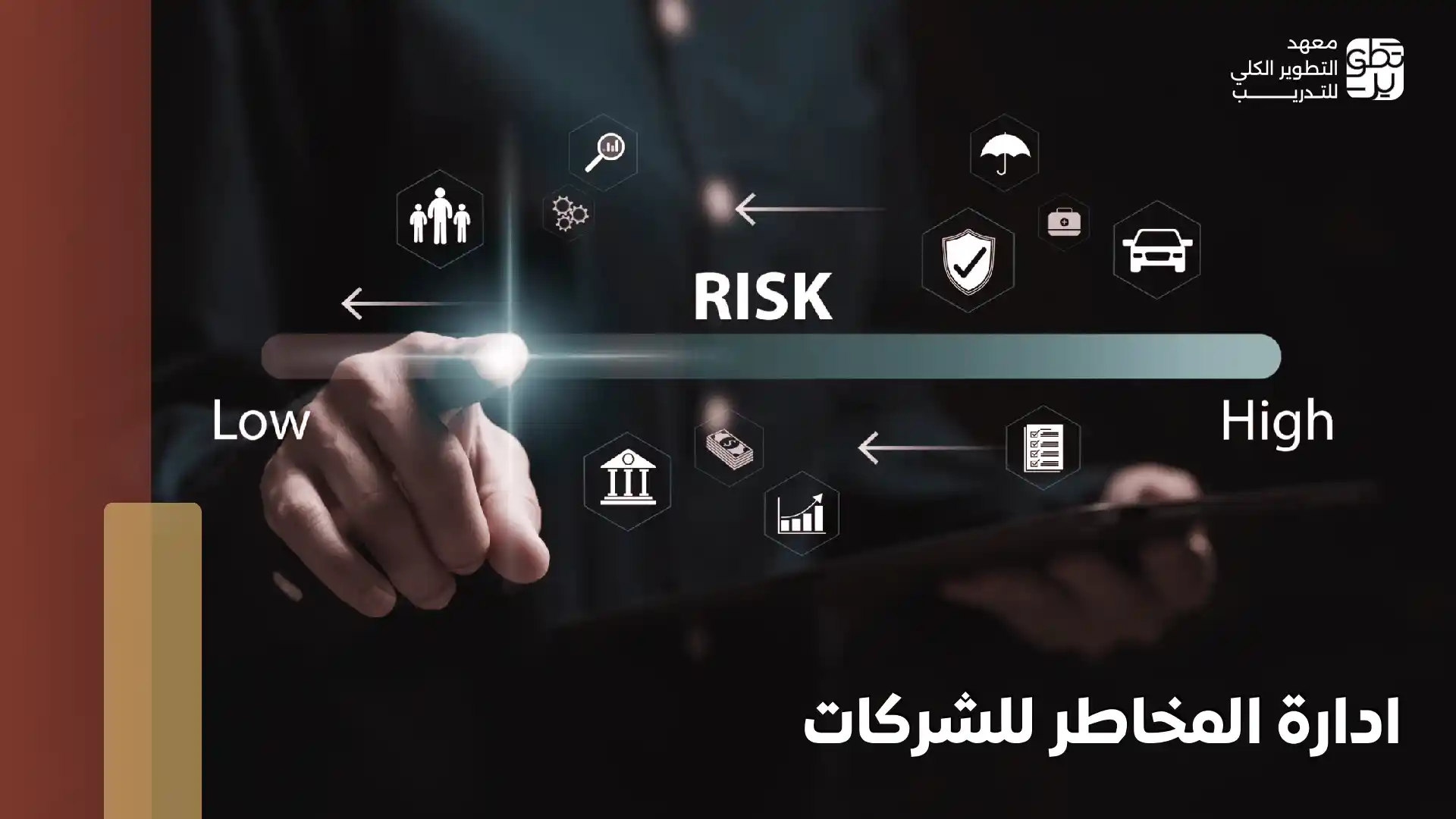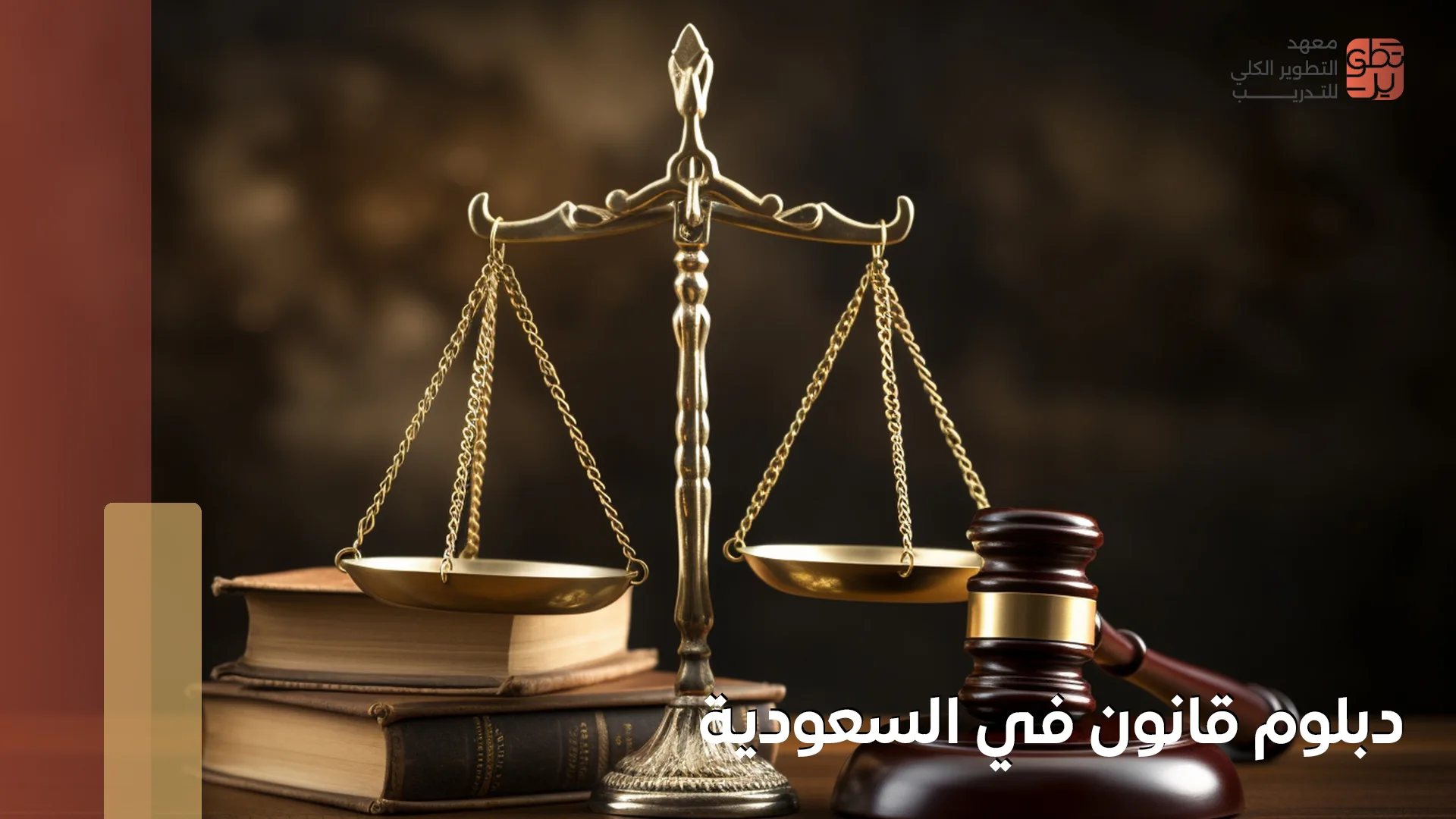
It's no longer enough for organizations to focus solely on growth and development; they must now be prepared for risks and crises that could arise at any time. Although the terms "Risk Management" and "Crisis Management" may seem similar, they have different natures and goals. Understanding the difference between them is essential for any organization aiming for continuity and success.
Both are crucial skills in today's job market, particularly for project management professionals. They need to be able to predict risks before they occur while also being ready to handle sudden crises efficiently. In this article, we will briefly discuss the difference between risk management and crisis management and the importance of integrating both skills to ensure greater stability and flexibility for organizations.
The Difference Between Risk Management and Crisis Management
To understand the difference between risk management and crisis management, we’ll compare them across several important aspects:
- Scope and Impact: Risk Management: Proactive; focuses on potential threats that may face the organization in the future and aims to reduce the likelihood of their occurrence and Crisis Management: Reactive; deals with urgent events that have already occurred and often have a direct and significant impact.
- Response and Handling: Risk Management: Relies on long-term plans based on analysis and forecasting, such as insurance or contingency plans and Crisis Management: Focuses on immediate and swift responses to control the current situation, such as forming emergency teams and establishing communication plans with stakeholders.
- Time Nature: Risk Management: A continuous process integrated into the daily planning of the organization and Crisis Management: Short-term and specific to the crisis, where its role ends once the emergency situation is resolved.
- Planning and Preparation: Risk Management: An ongoing strategic part of the organization’s daily work, involving constant monitoring and updating of plans and Crisis Management: Focuses on preparation for the unexpected, with emergency plans that can be immediately implemented when needed.
- Results and Impact: Risk Management: Aims to build a more resilient organization, capable of adapting and making better decisions and Crisis Management: Strives to minimize losses, preserve the organization's reputation, and restore stability quickly.
The Importance of Risk and Crisis Management in the Workplace
The importance of crisis and risk management in the workplace includes the following:
- Ensuring Business Continuity: Risk management allows for preventive plans that reduce the chances of operational disruptions. In the event of a crisis, crisis management plans help maintain vital operations without interruption.
- Building Trust and Compliance: By identifying risks and minimizing their impacts, the organization gains a reliable reputation and demonstrates adherence to laws and standards, reducing legal threats and protecting its reputation.
- Protecting the Organization’s Reputation: A well-organized and prompt response during a crisis helps protect the company’s public image and avoids the erosion of trust among clients and partners.
- Resource Management Efficiency: Risk management provides a framework for strategic planning, guiding resources toward priorities, making investments more effective and business operations more stable.
- Encouraging Innovation and Development: With a clear understanding and management of risks, organizations can explore new opportunities boldly, reducing the fear of failure while taking necessary precautions.
Defining Risk Management
Before we delve into the difference between risk management and crisis management, it is important to define each term. We begin with Risk Management, which is the process of predicting potential problems before they occur, and putting plans in place to handle them and minimize their impact on the organization. The goal is to reduce losses and increase the chances of success, whether the risks are financial, technological, or operational.
Practical Examples:
- A company using insurance to protect its assets.
- A financial institution monitoring the market to avoid crises.
- An organization creating emergency plans to protect its data against cyber-attacks.
In short, risk management is not a reactive measure; it's a proactive step to protect the future and ensure stability.
What is Crisis Management?
Crisis management is the process of dealing with emergency or unexpected events that threaten the stability of the organization, its reputation, or the safety of its employees. It differs from risk management because it focuses on immediate response after the crisis has occurred, such as natural disasters, financial crises, or large-scale cyber-attacks.
The objectives of crisis management include:
- Protecting individuals and property.
- Ensuring business continuity.
- Minimizing damage to the organization’s reputation.
- Restoring stability as quickly as possible.
Practical Example:
If a company is hit by a sudden cyber-attack, crisis management's role is to act quickly to isolate the issue, protect data, and communicate with customers to contain the situation. This means that crisis management involves smart and effective responses when an unforeseen crisis arises.
Functions of Risk and Crisis Management
It’s impossible to discuss the difference between risk management and crisis management without looking at their roles and importance in any organization. The job titles for risk management professionals can vary depending on the organization's structure. Here are some of the common titles in this field:
- Risk Manager
- Risk Specialist
- Head of Risk Department
- Risk Consultant
As for crisis management, the titles held by crisis management officers vary based on the size and type of the organization. Some of the titles include:
- Crisis Manager
- Crisis Specialist
- Head of Crisis Management
- Crisis Coordinator
Roles of Functions of Risk and Crisis Management
The risk management officer plays a vital role in continuously monitoring risks and updating plans to meet new changes. Some of the key responsibilities of a Risk Manager include:
- Identifying and Analyzing Risks: Identifying potential risks the company may face (financial, technological, operational).
- Risk Assessment: Measuring the likelihood of risks and their potential impact on the organization.
- Developing Risk Strategies: Creating contingency plans, insurance, or operational policies to mitigate risks.
- Ongoing Risk Monitoring: Keeping track of risks and updating plans based on new developments.
- Training and Awareness: Educating employees on how to handle potential risks to ensure preparedness.
The responsibilities of a Crisis Manager include:
- Rapid Response to Crises: Forming emergency teams and coordinating immediate responses to urgent situations.
- Developing and Implementing Emergency Plans: Ensuring plans are ready to be executed when a crisis strikes.
- Effective Communication with Stakeholders: Ensuring communication with customers and partners to protect the organization’s reputation.
- Quickly Restoring Stability: Working to return the situation to normal as swiftly as possible.
- Post-Crisis Performance Evaluation: Analyzing the experience to improve the organization’s future crisis response.
The Relationship Between Crisis and Risk Management
Despite their differing natures, crisis management and risk management work together toward a common goal: protecting the organization and ensuring its continuity. Those in risk and crisis management roles contribute to this by:
- Having a risk management plan in place helps predict challenges and reduces the chances of sudden crises, or at least minimizes their severity when they do occur.
- Crisis management complements risk management by directly and quickly addressing critical events that couldn’t be prevented.
- Both rely on strategic planning, the use of data and analysis, and effective communication with stakeholders to ensure informed responses.
- They require collaboration among various teams within the organization, along with continuous review processes to learn from past experiences and improve future performance.
Therefore, risk management serves as the first line of defense, while crisis management is the front line when challenges arise.
Summary of the Difference Between Crisis and Risk Management
The differences between risk management and crisis management are now clear, but to sum up, here are the main distinctions in a simple table:
|
Aspect |
Risk Management |
Crisis Management |
|
Scope and Impact |
Proactive, focusing on potential future threats. |
Reactive, dealing with events that have already occurred. |
|
Response and Handling |
Based on long-term plans and analysis. |
Focuses on immediate and swift responses to the current situation. |
|
Time Nature |
Ongoing and integrated into daily planning. |
Short-term, defined by the crisis, and ends once resolved. |
|
Planning and Preparation |
Strategic and continuously monitored. |
Focuses on preparing for the unexpected with ready-to-implement plans. |
|
Results and Impact |
Aims to build resilience and adaptability. |
Aims to minimize damage and quickly restore stability. |
In conclusion, risk management focuses on anticipation and prevention, while crisis management is about immediate response and handling the reality of the situation. Despite the different roles of crisis and risk management, successful organizations cannot ignore either. Instead, they need both working together to ensure stability and the ability to face challenges confidently and effectively.
Frequently Asked Questions
What are the responsibilities of a Risk Manager?
Their duties include identifying potential risks, analyzing them, creating plans to reduce their impact, and ensuring the implementation of preventive measures to protect the organization.
What are the key rules of Risk Management?
The key rules include early identification of risks, thorough evaluation, creating proactive plans, continuous monitoring, and updating plans as new developments arise.

















